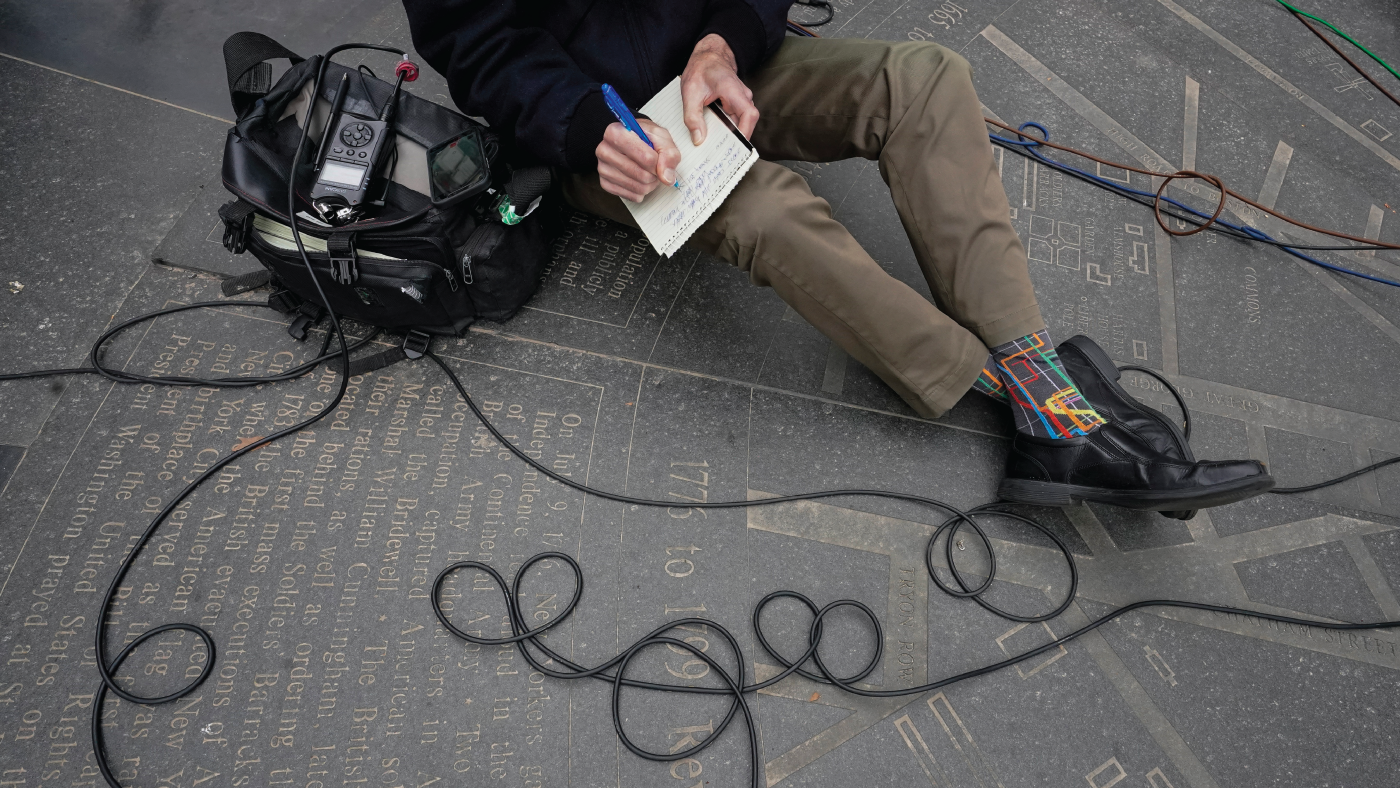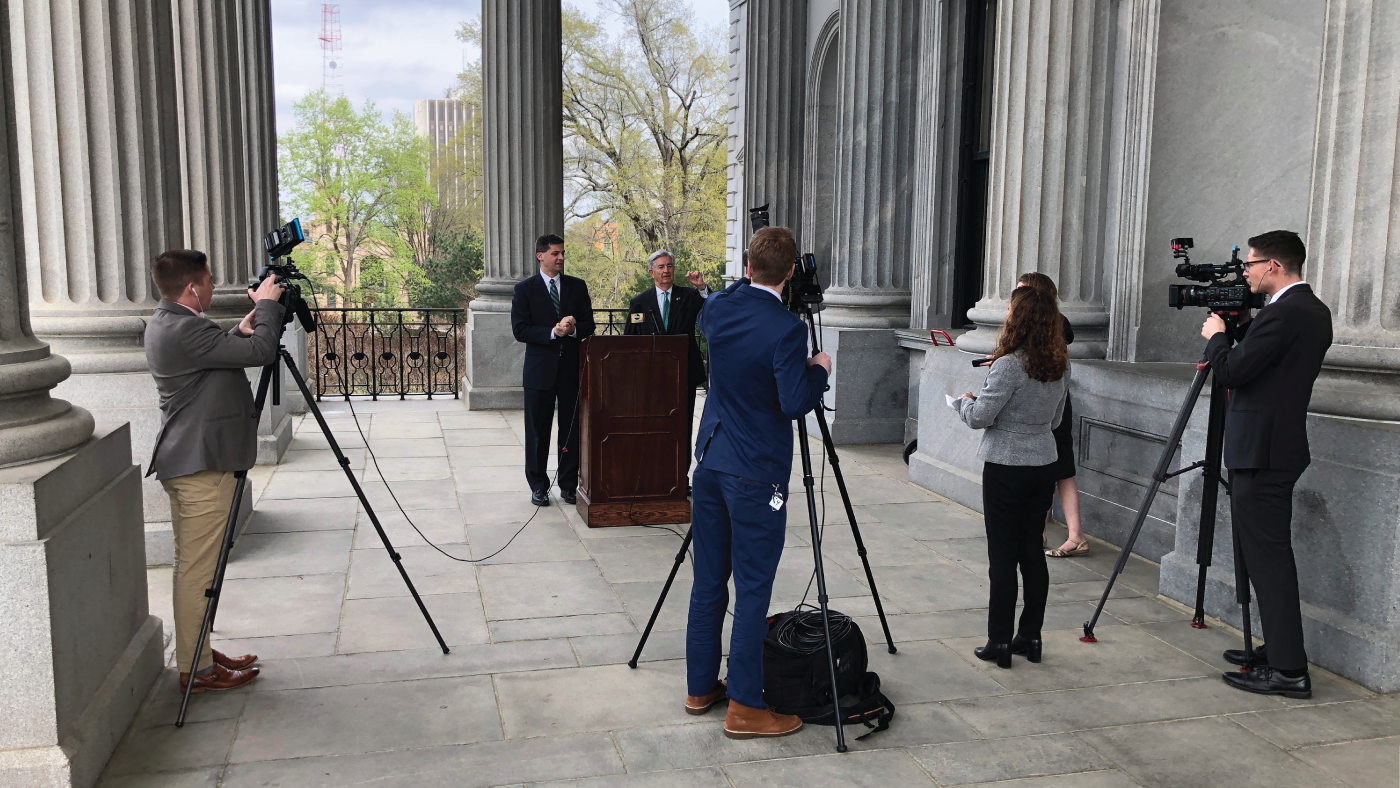
Many Americans Get News on YouTube, Where News Organizations and Independent Producers Thrive Side by Side
Videos from independent news producers are more likely to cover subjects negatively and discuss conspiracy theories.
Videos from independent news producers are more likely to cover subjects negatively and discuss conspiracy theories.
Republicans are about four times as likely as Democrats to say voter fraud has been a major issue with mail-in ballots.
The public is more likely to have heard “a lot” about ongoing confrontations between police and protesters than several other stories.
Americans are following the president's statements on the COVID-19 pandemic less closely than a few months ago.
U.S. lawmakers have received roughly 2 million more love than anger reactions to posts in the first seven months of 2020.
73% of Americans express little or no confidence in tech companies to prevent the misuse of their platforms to influence the 2020 election.
72% of U.S. adults say news organizations do an insufficient job telling their audiences where their money comes from.
One-quarter of United States lawmakers mentioned the term on Facebook or Twitter during the 116th Congress.
Republicans are far more likely than Democrats to say major tech companies favor the views of liberals over conservatives. At the same time, partisans differ on whether social media companies should flag inaccurate information on their platforms.
A majority of voters said it is very or somewhat important to them to get messages from the presidential campaigns about important issues.
A survey of U.S.-based journalists finds 77% would choose their career all over again, though 57% are highly concerned about future restrictions on press freedom.
Digital news has become an important part of Americans’ news media diets, with social media playing a crucial role in news consumption.
In recent years, several new options have emerged in the social media universe, many of which explicitly present themselves as alternatives to more established social media platforms.
The total number of journalists assigned to state capitol buildings is up 11% since 2014, though figures vary widely by state.












